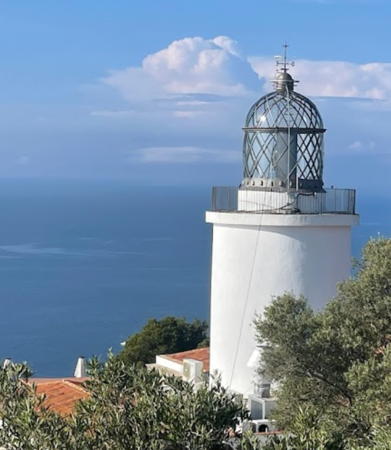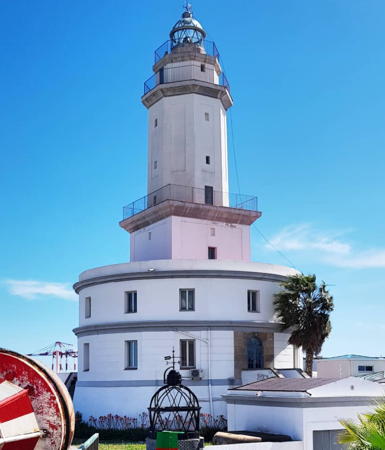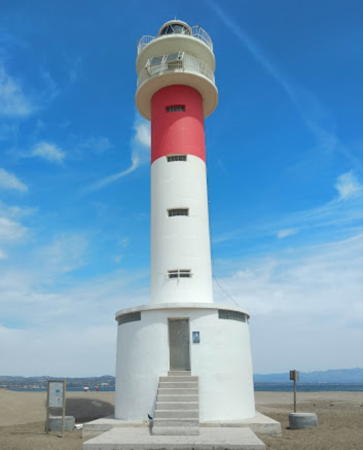The Kingdom of Spain (Reino de España in Spanish) occupies nearly 85% of the Iberian Peninsula in southeastern Europe with coastlines facing south and southeast on the Mediterranean Sea and northwest on the Atlantic Ocean. Spain also includes the Balearic Islands in the Mediterranean, the Canary Islands in the Atlantic, and the cities of Ceuta and Melilla on the north coast of Morocco.
Since 1978 Spain has been divided into 17 regions called autonomous communities (comunidads autónoma) that have been granted varying degrees of autonomy by the central government. The autonomous communities are subdivided into provinces (provincias).
Catalonia is an autonomous community located in the northeastern corner of the country. The name of the region is spelled Cataluña in Spanish and Catalunya in the Catalan languange spoken by most of the inhabitants. Three of the region's four provinces face the Mediterranean: Girona, Barcelona, and Tarragona. The City of Barcelona, the regional capital, is Spain's second largest city. Catalonia is one of three autonomous communities described officially as a nationality (nacionalidad), and since about 2010 there has been a well-supported movement for the independence of Catalonia.
The word for a lighthouse is faro in Spanish but its use is generally restricted to the larger coastal light stations. Smaller lighthouses are called balizas (beacons). In Spanish isla is an island, cabo is a cape, punta is a promontory or point of land, péñon is a rock, arrecife is a reef, bahía is a bay, ría is an estuary or inlet, estrecho is a strait, río is a river, and puerto is a port or harbor. In Catalan the word for a lighthouse is far, balisa is a beacon, illa is an island, cap is a cape, punt is a promontory or point of land, roca is a rock, escull is a reef, badia is a bay, ria is an estuary or inlet, estret is a strait, riu is a river, and port is a port or harbor.
The navigational lights in Spain are the responsibility of the national port authority, Puertos del Estado, but most of them are operated and maintained by regional port authorities. In Catalonia there are two port authorities, Tarragona and Barcelona. The Barcelona authority is also responsible for lighthouses in Girona.
ARLHS numbers are from the ARLHS World List of Lights. ES numbers are from the Spanish national list of lights, Libro de Faros. Admiralty numbers are from volume E of the Admiralty List of Lights & Fog Signals. U.S. NGA List numbers are from Publication 113.
-
- General Sources
- Libro de Faros y Señales de Niebla
- General Sources
- Online edition of the official Spanish light list.
- Online List of Lights - Spain East Coast
- Photos by various photographers posted by Alexander Trabas. Many of the photos are by Arno Siering or Capt. Peter Mosselberger ("Capt. Peter").
- Anexo: Faros de España
- Index to Spanish lighthouses in the Spanish edition of Wikipedia.
- Phares de Catalogne
- A portfolio of about 20 fine photos by Karl R. Spitzer posted by Alain Guyomard and Robert Carceller.
- Lighthouses in Catalonia
- Photos by various photographers available from Wikimedia.
- World of Lighthouses - South and East Coasts of Spain
- Photos by various photographers available from Lightphotos.net.
- Spain Lighthouses
- Aerial photos posted by Marinas.com.
- Spanische Leuchttürme auf historischen Postkarten
- Historic postcard images posted by Klaus Huelse.
- GPSNauticalCharts
- Navigational chart information for Catalonia.
- Navionics Charts
- Navigational chart information for Catalonia.

Calella Light, Calella, January 2024
Instagram photo by Josep Marcé








